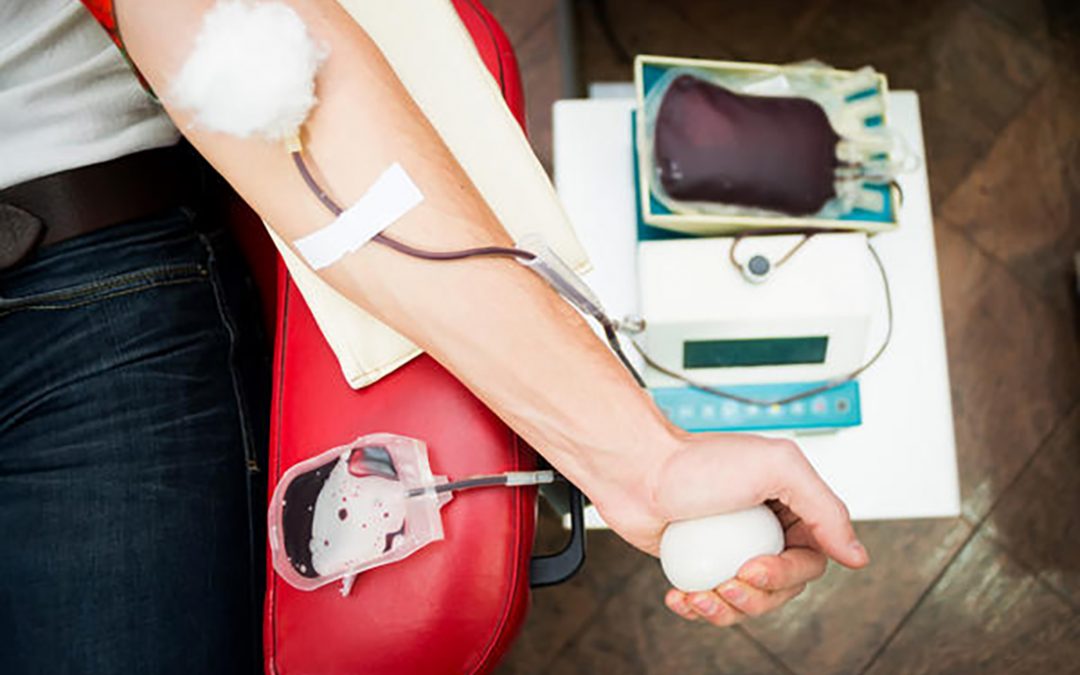January is National Blood Donor Month. As safety professionals, we here at TSS, have a pretty good idea of how often injuries and accidents can lead to someone needing blood. Not surprisingly, however, most people don’t ever think about where blood comes from or the need to donate it. Did you know that only about three percent of age-eligible Americans give blood annually? Yet, according to the American Red Cross, someone in the U.S. needs blood every two seconds. Blood is essential for surgeries, cancer treatment and care for chronic illnesses and traumatic injuries. Whether a patient receives whole blood, red cells, platelets or plasma, this lifesaving care starts with one person making a donation.
So, with the spirit of the month in mind, we want to share some statistics about the importance of giving blood:
Facts About Blood Need
- Approximately 36,000 units of red blood cells are needed every day in the U.S.
- Nearly 7,000 units of platelets and 10,000 units of plasma are needed daily in the U.S.
- Nearly 21 million blood components are transfused each year in the U.S.
- The average red blood cell transfusion is approximately 3 units.
- The blood type most often requested by hospitals is type O.
- Sickle cell disease affects 90,000 to 100,000 people in the U.S. About 1,000 babies are born with the disease each year. Sickle cell patients can require blood transfusions throughout their lives.
- According to the American Cancer Society, about 1.8 million people were to be diagnosed with cancer in 2019. Many of them will need blood, sometimes daily, during their chemotherapy treatment.
- A single car accident victim can require as many as 100 pints of blood.
Blood Supply Statistics
The Red Cross provides about 40 percent of our nation’s blood and blood components, all from volunteer donors. But as stated previously, supply can’t always meet demand because only about three percent of age-eligible people donate blood yearly.
- Each year, an estimated 6.8 million people in the U.S. donate blood.
- 13.6 million whole blood and red blood cells are collected in the U.S. in a year.
- About 45 percent of people in the U.S. have Group O (positive or negative) blood; the proportion is higher among Hispanics (57 percent) and African Americans (51 percent).
- Type O negative red cells can be given to patients of all blood types. However, only seven percent of people in the U.S. are type O negative and therefore it’s always in great demand and often in short supply.
- Type AB positive plasma can be transfused to patients of all blood types. Since only three percent of people in the U.S. have AB positive blood, this plasma is usually in short supply.
- Red blood cells must be used within 42 days (or less).
- Platelets must be used within just five days.
There is a constant need for regular blood supply because blood can be stored for only a limited time before use. Regular blood donations by a sufficient number of healthy people are needed to ensure that safe blood will be available whenever and wherever it is needed.
Blood is the most precious gift that anyone can give to another person — the gift of life. A decision to donate your blood can save a life, or even several if your blood is separated into its components — red cells, platelets and plasma — which can be used individually for patients with specific conditions.
So, if you are 16 or older and healthy, consider giving blood this month. For information on donation requirements and locations, visit redcrossblood.org.

